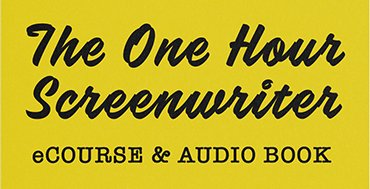Neil LaBute on Rewriting


Since LaBute’s background is as a playwright, he often rewrites based on his collaboration with actors. His most important point for me was never say in words what you can say with action; with a character’s look, expression or movement. He also discussed trusting the audience to make the necessary intuitive leaps in a story.
In my own work I find that the less experienced a writer is the more often he or she is tempted to say the same thing two or three times in different ways– afraid that the audience won’t “get it.” You never want to be too far ahead of your audience but you also don’t want to lag behind them.
The audience wants to piece things together themselves– if everything is spelled out in too much detail the story doesn’t engage their imagination. The less engaged an audience is the more likely they are to tune out or turn off. Trust your audience to work with you in filling the gaps without step-by-step instruction or too much detail, which just gets tedious.
According to LaBute, the best rewriting involves cutting a story to the bone– reducing it to its most essential elements and then letting the actors and audience fill in the empty spaces with their own imagination.



Create a visual map for a character’s emotional journey. Pull stories from character rather from rote story structure beats. Some of the largest international media companies, use this in story and character development.


A clear concise guide for writers and producers to have by their side as they embark on a project. It gives a really vital reminder of what is key for story success.

No comment yet, add your voice below!